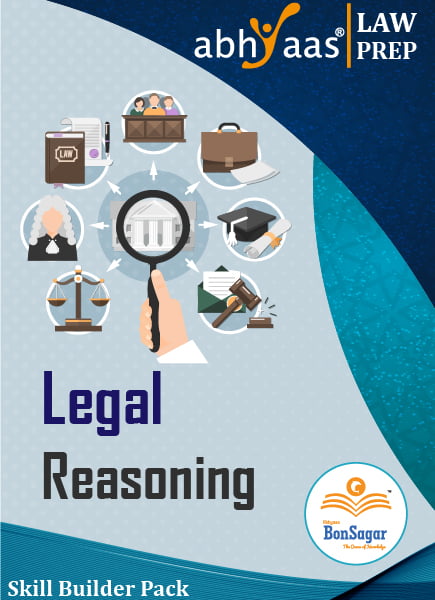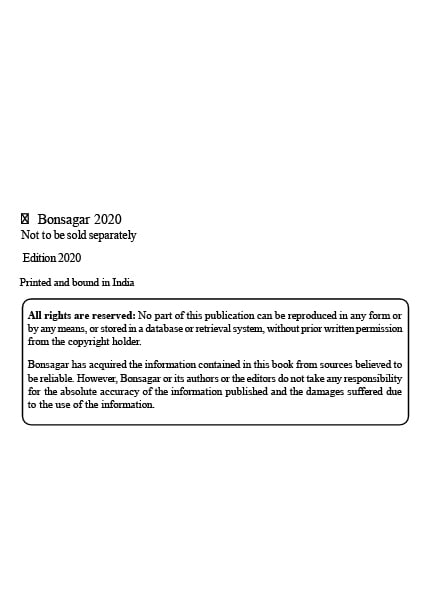How Should the Best Letter of Recommendation (LOR) Format for MS Be?
Your LOR (letter of recommendation) is an important document in your application. It assists the university admissions committee in evaluating your character, conduct, behavior, and interpersonal abilities.
Your GPA demonstrates to the institution your academic potential.
Your work experience and research articles demonstrate your professional abilities.
Exam results demonstrate your mathematical ability, mastery of the English language, IQ, and logical thinking abilities.
In your own words, the SOP depicts your trip.
None of them, however, are realistic depictions of what it is like to work with you as a person! Your LOR bridges this gap by better displaying your personality and attributes in the perspective of individuals who have previously mentored or worked with you, as well as providing confirmation of the aforementioned. The admissions committee searches for letters of recommendation to learn more about your unique selling points (USPs) without you having to speak about them.
Who should you approach for a letter of recommendation?
The question of who must sign it varies depending on the application, stream, and applicant.
It’s critical to note, though, that you must have a close relationship with the individual in order for him or her to say the correct things about you. While validating the previously given facts with your other papers, they must be able to provide an insight that is not expressed in any other way in your application.
For students who have recently completed their undergraduate programme and have no prior job experience: Someone who can connect to and vouch for you in terms of your academic background and path thus far is required. You can approach a professor, the department head, the dean, or the director of the institute where you studied. Their credibility would be far more than that of a former instructor or a professional from the outside world with whom you cannot establish direct contact.
Working Professionals: It is always preferable to receive the letter from a supervisor with whom you have had close contact at work. He must have a specific reputation and position in the organization, which increases his power as a recommender. He must not just focus on your professional connection and talents, but also on your character.
After all, what does it have to say?
The letter is and must appear to be a report of the referrer’s personal relationship with the student.
It can discuss specific anecdotes, occurrences, or even novels that do not explicitly harp on the student’s abilities, but rather illustrate them via an experience.
The letter must have a very basic and effective writing style.
The admissions committee must not perceive it as egotistical in any manner.
It should describe attributes that cannot be assessed by other elements of the application, giving it the chance to say more rather than rehash what has already been said.
Tips and Common Errors:
- The language should be simple and straightforward, with no attempt to be extravagant, too impressive, deceptive, or disrespectful.
- The material should not contradict the letter’s identity, purpose, or goal.
- It should be free of grammatical errors.
- The substance, facts, numbers, or achievements must not be repeated.
- Should be focused on the course you want to take and written in line with it.
- It must keep in mind that no emotions, personal or political, are injured or attacked, even if accidentally.
- If the institution specifies word limitations, they must be rigorously followed.
- The letter must be at least one page long in print (A4 page)
- The recommender’s credibility must not be jeopardized in the letter.
- It must be rewritten, read, and reviewed several times.
- If the recommender does not have a letter of recommendation template, you must, as a
- candidate, propose that one be used that is appropriate for your application and aim.
- To guarantee that the flow is correct, the LOR format must be chosen ahead to writing it.
What is the best way to prepare a Letter of Recommendation?
The initial impression is the strongest. The last thing you want is for the admissions committee to have difficulty understanding your letter due to unreadable writing or poor and complex language structure. It should be official but attractive in format. You should leave no space for the admissions committee to pass judgment or create an unfavorable opinion of you based on the letter’s structure.
Here are a few general guidelines to follow when writing the letter:
- The typeface selected must be official, and no fancy formatting should be utilized on the page.
LOR Sample for Master’s Letter of Recommendation
Who should be concerned:
As the HOD of Abc University in India, I knew xyz as one of the all-rounders. As a journalism and mass communication graduate, I’ve been working with Mr. Xyz for the past three years. My name is Professor Manoj, and I was given the chance to be Xyz’s academic mentor. With all sincerity and heart, I propose that Xyz be considered for the Master’s programme.
Xyz has struck me with his tenacity and confidence since the first time I saw him throughout the bachelor’s programme. He has taken part in several discussions as well as extracurricular activities and has always played the parts.
He has engaged in several discussions as well as extracurricular activities and has always performed admirably in the roles and duties that have been allocated to him. Our athletic department was equally thrilled, and he was named captain of our university’s football team.
He is well-versed in the ideas of journalism and mass communication, as well as the technological underpinnings. The project that Xyz produced during the last semester was excellent. As a judge, I was quite impressed with his effort and the research for the project.
Xyz is one of the smartest and sharpest pupils I’ve had the pleasure of teaching since the beginning of my profession.
It will be an honor for me to tell you more about Xyz’s talent and personality.
Warmest regards
Department Head
Ajith khanna
University of ABC




